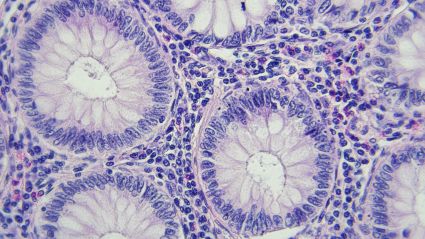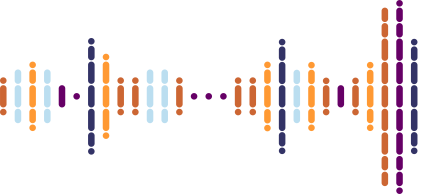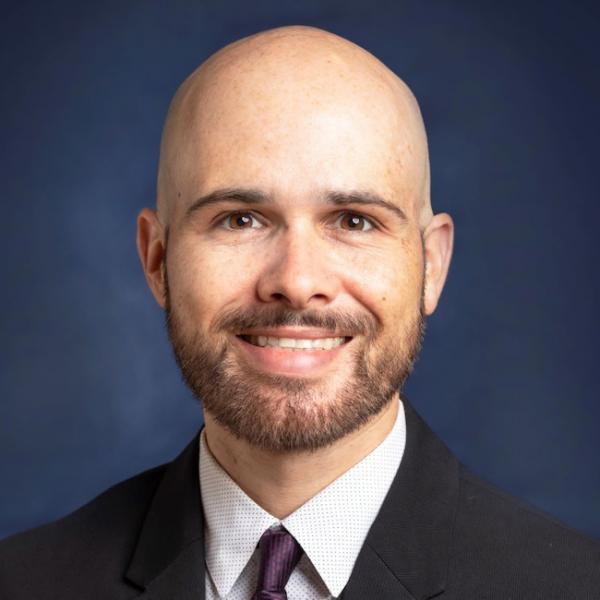
Moderator
Kristin Schneeman
Senior Director, FasterCures, Milken Institute
Speakers
David Fajgenbaum, MD, MBA, MSc
Co-Founder and President, EveryCure
Marianne Clancy, MPA
Executive Director and Senior Director, Strategic Partnerships, CureHHT
Christine Colvis, PHD
Director, Drug Development Partnership Programs, NCATS
Summary
The webinar explored advancements in drug repurposing and how existing drugs can be leveraged for new therapeutic uses. Speakers highlighted how patient-driven efforts, technological tools, and innovative collaborations between patient advocacy groups, researchers, and regulatory bodies could advance repurposing efforts. The session also discussed challenges in aligning stakeholders and utilizing regulatory frameworks for off-label use and clinical adoption. Key themes included the importance of patient advocacy, innovative funding models, and the use of artificial intelligence (AI) to identify new therapeutic opportunities.
Drug Repurposing Models and Strategies
David Fajgenbaum, MD, shared his personal experience with Castleman disease, which led to the founding of EveryCure. He described how his organization uses AI-driven tools, such as biomedical knowledge graphs, which use algorithms to predict potential drug-disease matches and leverage existing Food and Drug Administration (FDA)-approved drugs to treat rare or neglected diseases. Fajenbaum also shared patient success stories where EveryCure’s efforts in drug repurposing have made a meaningful impact. Some EveryCure resources shared include:
- The Roadmap Project, which provides rare disease organizations with a step-by-step guide for repurposing treatments
- A repurposing suggestions form to share drug repurposing ideas with EveryCure.
Marianne Clancy described Cure Hereditary Hemorrhagic Telangiectasia (HHT)’s efforts to repurpose Avastin and Pazopanib for HHT patients. The organization collaborated with HHT Centers of Excellence and invested $100,000 per year to manufacture Pazopanib. Cure HHT also worked with the FDA and researchers to fund and conduct multi-site clinical trials to validate Pazopanib’s effectiveness for HHT patients. If the results from this trial are positive, Pazopanib will be the first approved drug for treatment of HHT. Cure HHT has also worked to promote educational outreach to increase awareness and support for off-label drug use, ensuring that patients can access life-saving treatments.
Christine Colvis, PhD, discussed NCATS’ role in supporting drug repurposing efforts through regulatory tools and research resources. These resources include platforms like Cure ID, which collects real-world data on off-label drug use, and the NCATS Pharmaceutical Collection, which provides access to a library of FDA-approved drugs for research purposes. These tools help researchers streamline the identification and testing of potential repurposed drugs, reducing the time and costs associated with traditional drug development. A full list of programs and resources offered can be found on the NCATS Drug Repurposing Fact Sheet. This two-page document includes additional information on how NCATS is supporting drug repurposing, collaborative opportunities, and available resources.
Strategies for Advancing Drug Repurposing
- Collaborating with patient organizations: Engaging patient groups early in the research process ensures that repurposing efforts align with patient needs and experiences. Patient organizations can provide valuable insights into disease management, symptoms, and unmet medical needs, which can guide researchers in prioritizing drug-disease matches that align with those needs.
- Educational outreach and evidence-based advocacy: The panelists highlighted the need for educational outreach to health care providers to increase awareness and acceptance of off-label prescribing. They also stressed the importance of collecting robust evidence and publishing case studies, clinical trial results, and real-world data to strengthen the evidence base for repurposed drugs.
Challenges in Drug Repurposing
- Insurance and Reimbursement: Securing insurance coverage for off-label prescriptions remains a significant hurdle. Without formal FDA approval for a new indication, many insurers are reluctant to cover the costs of repurposed drugs, posing a barrier to patient access.
- Stakeholder alignment: It is essential to ensure that patient organizations, researchers, and regulatory bodies work together toward common goals. Misalignment of priorities can slow down the drug repurposing process and hinder progress.
- Data availability: Access to comprehensive clinical data is crucial for validating new drug indications but often remains limited. The panelists emphasized the importance of real-world data collection and sharing to support drug repurposing efforts.
- Pharmaceutical engagement: Some drug manufacturers are reluctant to invest in trials for new uses of existing drugs, leaving nonprofits and patient organizations to drive these efforts. The panelists discussed the need for creative partnerships and advocacy to overcome this challenge.
Conclusion
Repurposing existing drugs offers a promising pathway to address unmet medical needs, especially for rare diseases. Patient organizations, researchers, and regulatory bodies must work together to identify new uses for existing medications and ensure that these treatments reach patients quickly and effectively. By leveraging the patient voice, clinical data, and collaborative networks, drug repurposing efforts can lead to meaningful improvements in patient care.












